DOI:10.32604/csse.2023.028755

| Computer Systems Science & Engineering DOI:10.32604/csse.2023.028755 |  |
| Article |
Intelligent Student Mental Health Assessment Model on Learning Management System
1AlMaarefa University, Ad Diriyah, Riyadh, 13713, Kingdom of Saudi Arabia
2Department of Business Administration, Majmaah University, AlMajmaah, 11952, Kingdom of Saudi Arabia
3Department of Computer Science and Information Systems, College of Applied Sciences, AlMaarefa University, Ad Diriyah, Riyadh, 13713, Kingdom of Saudi Arabia
4Department of Computing, Arabeast Colleges, Riyadh, 11583, Kingdom of Saudi Arabia
5Department of Archives and Communication, King Faisal University, Al Ahsa, Hofuf, 31982, Kingdom of Saudi Arabia
*Corresponding Author: Ashit Kumar Dutta. Email: adotta@mcst.edu.sa
Received: 16 February 2022; Accepted: 23 March 2022
Abstract: A learning management system (LMS) is a software or web based application, commonly utilized for planning, designing, and assessing a particular learning procedure. Generally, the LMS offers a method of creating and delivering content to the instructor, monitoring students’ involvement, and validating their outcomes. Since mental health issues become common among studies in higher education globally, it is needed to properly determine it to improve mental stability. This article develops a new seven spot lady bird feature selection with optimal sparse autoencoder (SSLBFS-OSAE) model to assess students’ mental health on LMS. The major aim of the SSLBFS-OSAE model is to determine the proper health status of the students with respect to depression, anxiety, and stress (DAS). The SSLBFS-OSAE model involves a new SSLBFS model to elect a useful set of features. In addition, OSAE model is applied for the classification of mental health conditions and the performance can be improved by the use of cuckoo search optimization (CSO) based parameter tuning process. The design of CSO algorithm for optimally tuning the SAE parameters results in enhanced classification outcomes. For examining the improved classifier results of the SSLBFS-OSAE model, a comprehensive results analysis is done and the obtained values highlighted the supremacy of the SSLBFS model over its recent methods interms of different measures.
Keywords: Learning management system; mental health assessment; intelligent models; machine learning; feature selection; performance assessment
A learning management technique (LMS) is software for delivering, creating, and managing e-learning content. The organization uses LMS and interrelated software to deal with its online learning program. This earlier LMS which includes Blackboard and Moodle is simplification tool to organize instructor-led online courses. The software was quite straightforward. It is comprised generally of determined class models and assignment-submission features. Mostly, class involves written course material and pre-recorded classroom lectures. LMS helps to learn manager handles the whole life cycle of the learning procedure within a company [1]. They are an important mechanism for other companies that wanted to run a complete online learning program. With increasing pressures in life and present fierce competition, college student mental health problems [2] becoming clearer, and the mental health condition [3] is of major concern.
Persons with serious mental illnesses or disorders are enforced to drop out of school, append to school [4], commit suicide, self-harm, and breaking the law from limitless stream amongst college student. It can be urgent and critical for enhancing college student complete quality, especially cultivate exceptional social talents, the psychological quality [5], predict psychological status, and improve mental health education. The college student is excellent member of the youth population, represents a higher intelligent group, and has the psychological status that is crucial. They are in a serious transitional time in their maturity and development. They confront several problems during this time, together with socialization and emotions [6]. When they aren't appropriately managed, it might result in anxiety, depression, and other mental problems. This is very dangerous to college students’ growth. It is common to come over the instance of exceptional college students failing to handle the final suicide because of psychological problems [7].
The mental problem affects each aspect of college student, have an effect on their educations and employment might severally threaten their health condition. The recurrence of campus tragedy illustrates that psychological problems amongst college students have advanced to the point. With this regard, we must examine the prediction and assessment of college students’ psychological status [8]. Recently, due to the tremendous growth of smart technology [9] including neural networks [10], has outstanding efficiency for non-linear issues like college students’ psychological status calculation. Currently, several methods are designed for classifying psychological conditions. This strategy is employed for data classification and in few instances, it is combined with other methodologists for hybrid models. Also, Feature Selection (FS) is a part of the procedure of data classification. It is a process of selecting set of features from original feature.
This article develops a new seven spot lady bird feature selection with optimal sparse autoencoder (SSLBFS-OSAE) model to assess students’ mental health on LMS. The SSLBFS-OSAE model involves a new SSLBFS model to elect a useful set of features. In addition, OSAE model is applied for the classification of mental health conditions and the performance can be improved by the use of cuckoo search optimization (CSO) based parameter tuning process. For examining the improved classifier results of the SSLBFS-OSAE model, a comprehensive results analysis is performed on benchmark dataset.
The researchers in [11] studied connections and forecasts that to be amongst levels of mental health from the college students, for instance, psychological capital (PsyCap), moderate mental health and languishing, and flourishing. In order to this cross-sectional, exploratory analysis survey approach is utilized to data gathering and to analyze of outcomes the sequence of descriptive, correlation, ANOVA, and several regression analyses are completed. The researchers in [12] scrutinized student acceptance of and purpose for utilizing LMS to university education in Turkey utilizing extended Technology Acceptance Model (e-TAM). The TAM is extremely utilized from several domains of technologies acceptance from the last years and has been recognized as extremely suitable to determine factors that influence the purpose for utilizing and adopting e-learning platforms at university. Zheng et al. [13] estimated 104 mental health apps on Google Play and App Store by executing sentiment analysis (SA) of 88125 user's analyses utilizing ML technique, afterward conducted thematic study on the review. It is apply and relate the efficiency of 5 classifiers utilizing supervised ML approaches which are extremely utilized to resolve classifier problem.
Oyebode et al. [14] inspected how organizational support affects LMS self-efficacy, technical support, and faculty-perceived benefit. The empirical analysis dependent upon responses in 379 instructors at many universities is performed. The basic formula modelling was implemented for developing and assessing the measurement method, and analyzing the connections amongst the features from the basic pattern. Maqsood et al. [15] concentrate on offering education with educational method with mode of deliveries utilizing digital solution with novel paradigm approach. It integrates the statistical information compared with the Pakistani Ministry of Health coronavirus epidemic for drawing the outcomes. The precautionary measure containing social distance is named to abrupt closure of educational institution, exit the digital solutions as initial means of continuities from educational actions. Ren et al. [16] designed for evaluating the psychological influence of COVID-19 when school reopening and exploring utilize machine learning (ML) the issues which control anxiety and depression amongst students. The SMOTE is employed for counteracting the imbalance of recovered information. The Akaike Information Criterion (AIC) and multivariate logistic regression (MLR) are executed for exploring vital factor influencing.
This article has developed a new SSLBFS-OSAE model to assess students’ mental health on LMS. The SSLBFS-OSAE model is mainly intended to determine the proper health status of the students with respect to DAS. The SSLBFS-OSAE model encompasses SSLBFS model to elect features, SAE based classification, and CSO based parameter optimization. Fig. 1 depicts the overall process of SSLBFS-OSAE technique.
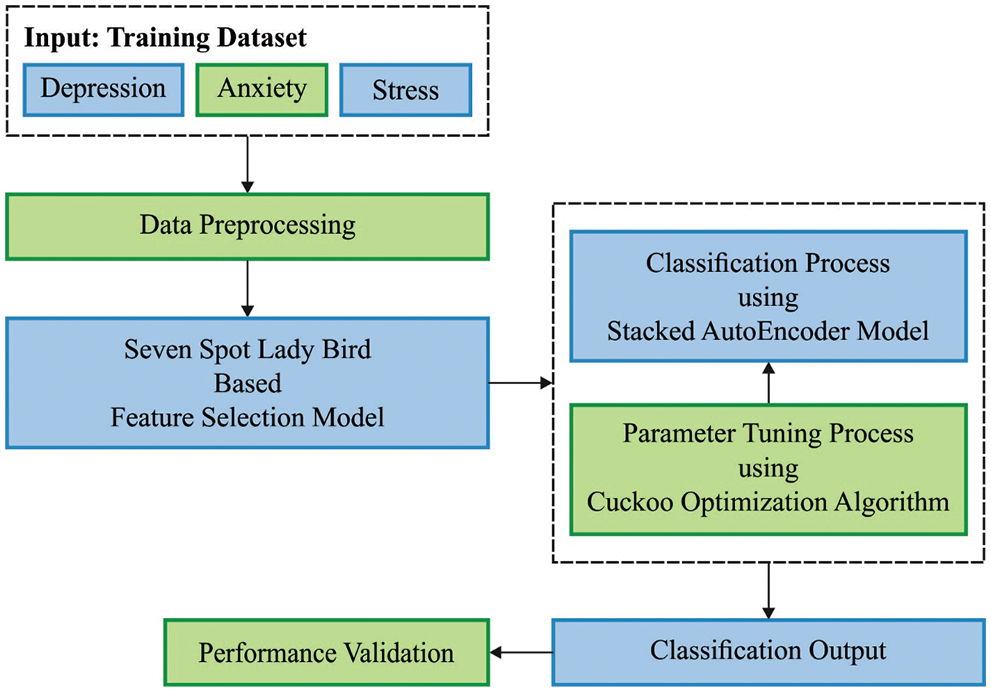
Figure 1: Overall process of SSLBFS-OSAE technique
3.1 Design of SSLBFS Technique
At the preliminary stage, the input data is passed into the SSLBFS algorithm to choose an optimal subset of features. The SSLB model simulates the foraging behavior of SSLB to resolve multi-dimension and multi-modal optimization issues. The major stages of the SSLB are given below [17].
Step 1. (Divide patches). assume that the searching space (environment) is a D-dimension space. The ith dimension space is separated into ni subspaces and the entire dimension space is separated into n = Πni subspaces (patches).
Step 2. (Population Initialization). assume that SSLB is processed as a point in a D-dimension patch. The ith ladybird is characterized as
When m indicates the number of SSLB initialized with arbitrary location in a patch, the population size of SSLB is N, N = m × n.
Step 3. (Calculate fitness). For all the particles, estimate the optimization fitness in a D-dimension patch.
Step 4. (Choose the optimal ladybirds). The present fitness calculation of ladybirds was compared to the fitness values of optimal past location (sbest). When the present value is superior to the preceding one, set sbest value is equivalent to the present value, and the sbest location is equivalent to the present location.
Step 5. (dispersion). In the SSLB, when a location doesn't enhance in a predefined amount of cycles, a novel location is generated in the patch whereby gbest present, which replaces the abandoned location. The novel location is generated nearby the gbest for sharing the data of the optimal ladybird in the entire particle. When the abandoned location represents Xi and
Whereas w denotes the neighborhood space of gbest and
Step 6. (update position). The location of ladybird is upgraded based on its preceding movement. When a ladybird has conducted widespread searching, the location of the ladybird is altered by:
Afterward intensive search, a ladybird switched to wide searching. The location is upgraded based on below equation:
In (2) and (4), r1 and r2 denotes two arbitrary numbers within 0 to 1, c positive constant is utilized to adjust the searching phase and searching direction in all the iterations. In Eqs. (3) and (5), the velocity of the ladybird in all the dimensions are constrained to the maximal velocity Vmax , that decide the searching accuracy of the ladybird in a solution space. When V max is higher, the ladybirds probably fly through the optimum solution. But when the Vmax is lower, the ladybird falls into the local searching region and has no approach to implement with the global searching.
Whereas ub and lb denote the upper and lower limits. Next, adapt it here to clamp the particle velocity on all the dimensions.
Step 7. (Inspect end criteria). When the end criteria are fulfilled, i.e., the SSLB accomplished the maximal iteration, the SSLB is ended; or else, return to Step 3.
Consider a dataset with size NS × NF where NS denotes total sample count and NF indicates feature count. The major aim of the FS issue is to elect a feature subset S from available features (NF) where S < NF. The SSLBFS technique derives an objective function with the minimization of error rate, as given below.
where γS denotes classification error by the use of S and |S| indicates total chosen feature count. λ can be utilized for balancing
Next to the election of useful features, the classification process is carried out by the design of SAE model. Auto encoder (AE) makes use of weights for encoding input vector x to representation vector h, refers to latent variable [18]. It exploits a collection of generative weights for decoding vector representation vector to an approximate restoration of the input vector x′. It mainly intends in the reconstruction of input data in an unsupervised manner, i.e., with no use of labels whereas the input and output dimensions are required to be identical. The encoder part of the AE model receives x ∈ ℝm as input and mapped it to the latent parameter h ∈ ℝn:
where f indicates activation function, like sigmoid, s(x) = 1/1 + e−x or rectified linear unit (ReLU),
where f′, W′, and b′ denotes respective variables of the decoding unit which is distinct from the encoding unit. The training of AE takes place in the minimization of reconstruction error such as mean square error (MSE), as given below.
where x is generally averaged over n training instances. Autoencoder imposes sparsity regulation limitation to the hidden unit is named sparse autoencoder. A neuron is assumed to fire when the output value is close to 1 and it is considered to be inactive when the output value is closer to 0. Then to add a limitation thus output would be nearer to 0. Consider the normal activation of hidden state j as follows
Then estimate
Whereas
denotes the Kullback-Leibler divergence. By including KL divergence term 4, the cost function becomes
In which β denotes the weight of sparsity regularization term. By reducing the cost function, enhancing variables W, W′, b and b′.
In order to effectually tune the parameters involved in the SAE model, the CSO algorithm can be exploited. Cuckoo is a smart reproduction approach which contains the female placing her fertilizing eggs from the nest of other species for replacing parents unwittingly increase her brood. In some cases, the cuckoo eggs from the nest were exposed and alternate parents threw them away or left the nest and begins their individual brood away [19]. CSO algorithm is a novel meta-heuristic technique to resolve optimized issues that are dependent upon the obligate brood parasitic performance of any cuckoo species from group with Lévy flight (LF) performance of any birds and fruit flies. During this event of CSO algorithm, the walking step of cuckoos are defined as the LFs. The LF is a random walk (RW) in that stages are determined with respect to the step-length that are particular probability distributing, with direction of steps being isotropic and arbitrary. The LFs are a class of RW whereas the jump is distributed based on power law,
where 1 < β < 3 and so is an infinite difference. The connection amongst light and LFs have been successfully executed for improving and optimizing search. During the case of CSO algorithm, the walking step of cuckoos is defined as LFs. In order to simplify in describing CSO algorithm, the subsequent 3 idealized rules are used.
1) All the cuckoos lay only one egg at once and locate their egg from a chosen nest at arbitrary.
2) An optimum nest with maximum quality of eggs is transferred over to next generation.
3) The amount of existing host nests are set, and the egg placed by cuckoos are exposed by host bird with probability pa ∈ [0, 1]. During this method, the host bird is also throwing eggs to leave or away from the nest, and constructing an entirely novel nest. In order to simplify, this final assumption was estimated by fraction pa of n nests that are moved by novel nests (with novel arbitrary solution).
In CSO algorithm, all the eggs from a nest signify the solution, and cuckoo egg refers the novel solution. The purpose is to utilize the novel and potentially optimum solution (cuckoo) for replacing not-so-good solutions from the nest. During the easiest method, all the nests have 1 egg. The technique is extended to further difficult cases whereas all the nests have several eggs signifying the group of solutions. If they create novel solutions x(t+1) for, approximately, the cuckoo i, an LF was executed
where α > 0 has the step size that can be connected to scale of problem of the interests. Generally, it is utilized α = 1. The above equation has fundamentally the stochastic formula to RW. Generally, an RW has a Markov chain who's next status or place is only dependent upon present place (the primary term from the above formula) and the transition probability (the secondary term). The product
which is an infinite difference with infinite mean. At this point, the steps fundamentally procedure an RW method with power-law step-length distributing with big tail. The number of novel solutions is created by Lévy walk nearby optimum solutions attained so far; it is speed-up the local searching. But, the substantial fraction of novel solutions are created by distant field randomized and whose places can be enough away in the existing optimum solutions; it can ensure that system isn't be trapped as to local optimal. Fig. 2 depicts the flow of COA.

Figure 2: Flow of cuckoo optimization algorithm
The performance validation of the SSLBFS-OSAE model takes place using the benchmark DAS dataset from UCI repository. Each of the three sub datasets contains 938 instances, 7 features, and 5 classes. Fig. 3 shows the correlation matrix of the test dataset.
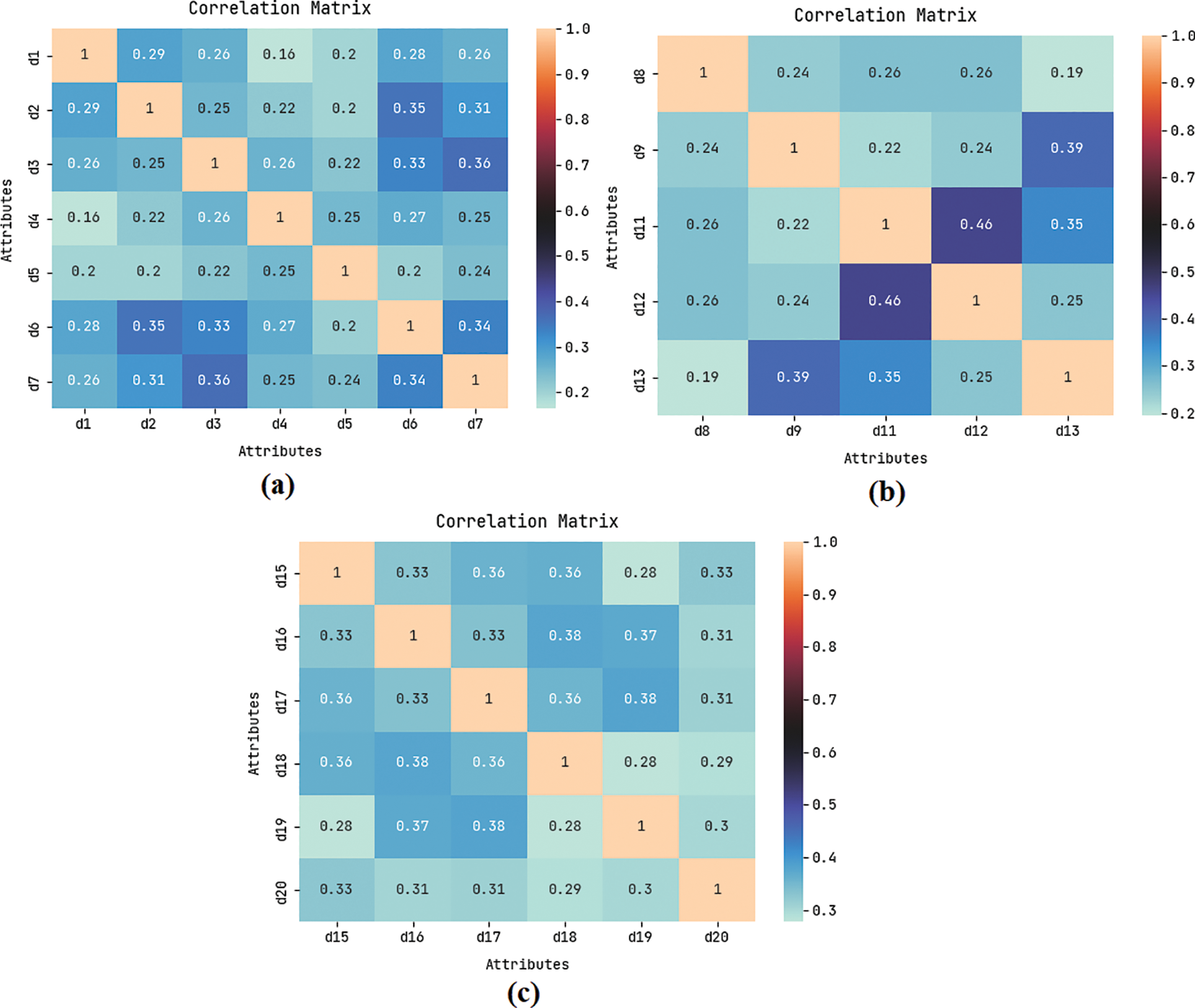
Figure 3: Correlation matrix a) Stress b) Depression c) Anxiety
Tab. 1 and Fig. 4 highlights the FS outcomes of the SSLBFS technique with existing techniques in terms of best cost (BC) and chosen features. The results indicated that the SSLBFS technique has gained effectual outcomes with minimal BC under all datasets. For instance, with depression dataset, the SSLBFS technique has reached to lower BC of 0.0076 whereas the GGWO, GWO, ACO, and PSO techniques have attained higher BC of 0.0083, 0.0187, 0.0259, and 0.0351 respectively. Meanwhile, with anxiety dataset, the SSLBFS technique has attained reduced BC of 0.0142 whereas the GGWO, GWO, ACO, and PSO techniques have offered increased BC of 0.0173, 0.0190, 0.268, and 0.0391 respectively. Eventually, with stress dataset, the SSLBFS technique has accomplished minimal BC of 0.0329 whereas the GGWO, GWO, ACO, and PSO techniques have reached maximum BC of 0.0457, 0.0782, 0.0829, and 0.0973 respectively.

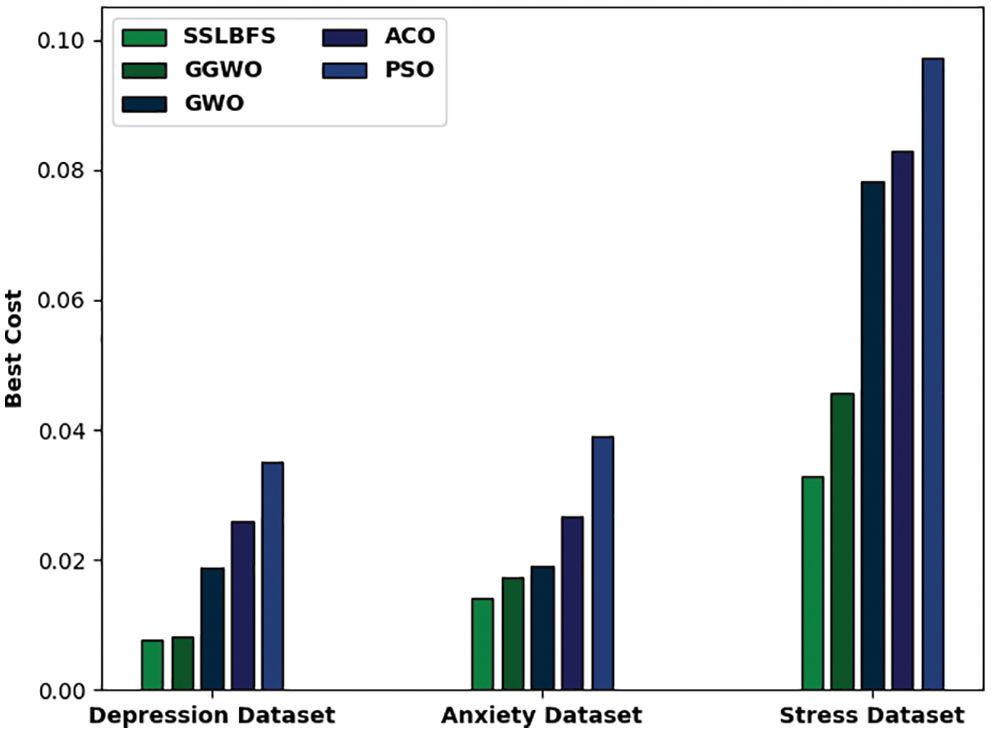
Figure 4: Best cost analysis of SSLBFS technique
Fig. 5 provides the accuracy and loss graph analysis of the SSLBFS-OSAE approach under three datasets. The outcomes outperformed that the accuracy value tends to increase and loss value tends to decrease with an increase in epoch count. It can be also experimental that the training loss is low and validation accuracy is higher under three datasets.
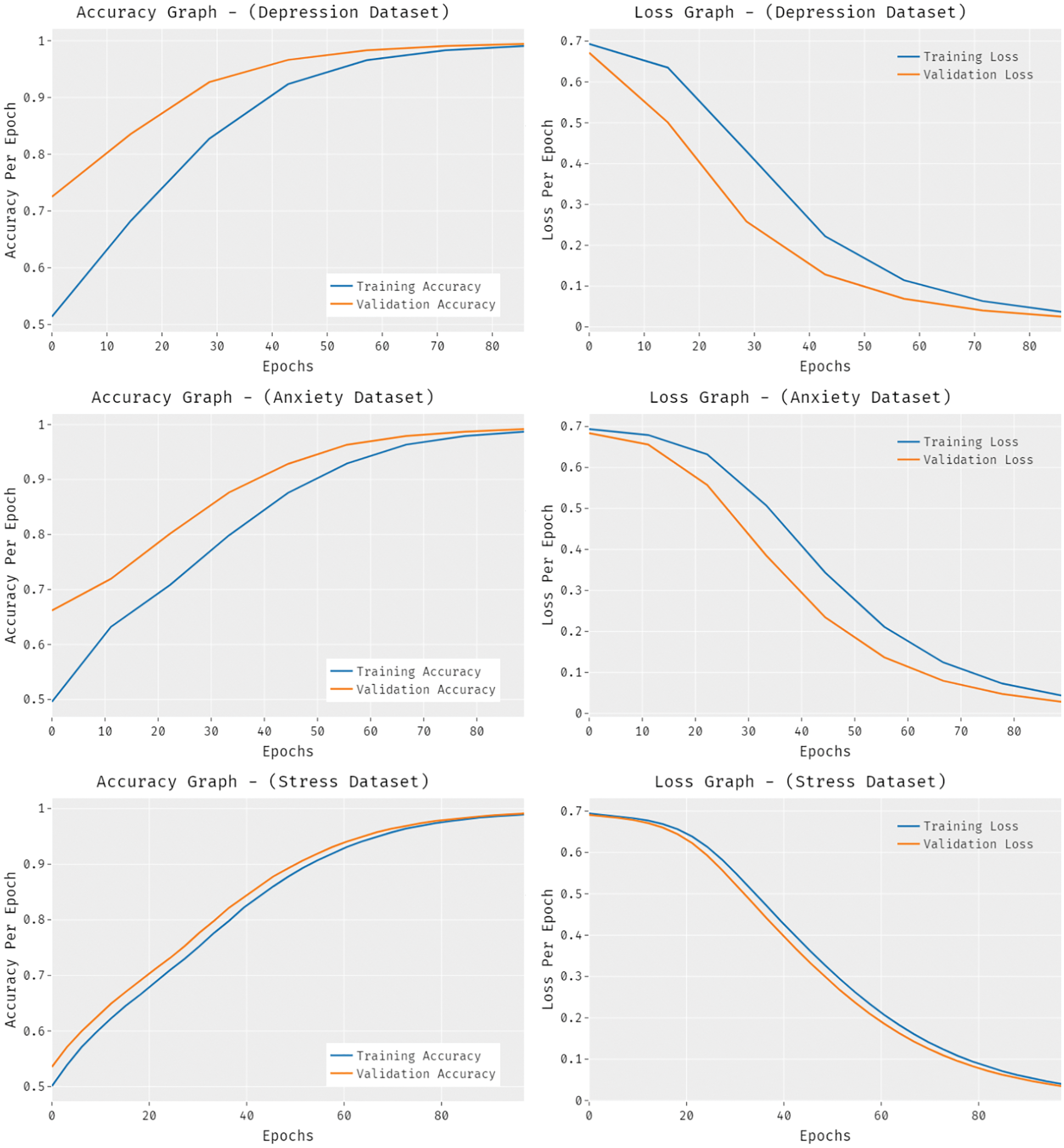
Figure 5: Accuracy and loss analysis of SSLBFS-OSAE technique under three datasets
Tab. 2 reports the comparison study of the SSLBFS-OSAE model on the test depression dataset. The table values indicated the betterment of the SSLBFS-OSAE model over the existing models.

Fig. 6 investigates the precn, recal, and accuy of the SSLBFS-OSAE model with existing models on depression dataset. The results reported that the SSLBFS-OSAE model has offered ineffectual outcome with lower values of precn, recal, and accuy. At the same time, the LR and MLP models have reached moderately enhanced values of precn, recal, and accuy. Along with that, the IFSSML-DAS, BSO-LSSVM, and ACO models have accomplished reasonable values of precn, recal, and accuy. However, the SSLBFS-OSAE model has shown effectual outcome with the higher precn, recal, and accuy values of 0.9882, 0.9981, and 0.9911 respectively.
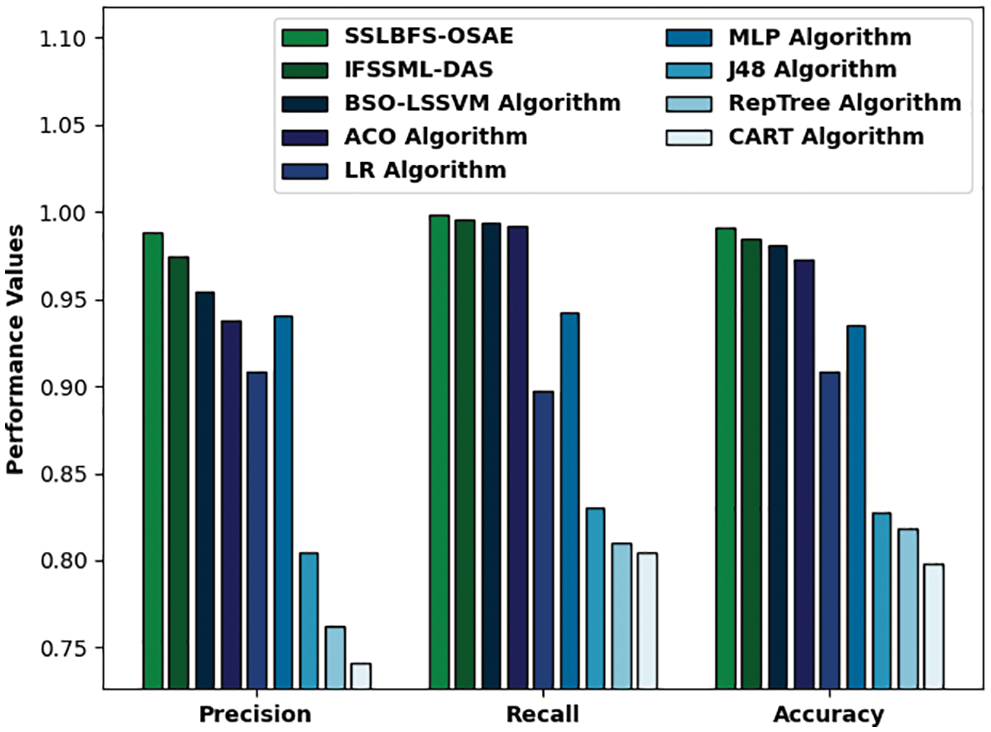
Figure 6: Comparative analysis of SSLBFS-OSAE technique under depression dataset
Fig. 7 examines the Fscore and kappa of the SSLBFS-OSAE method with existing models on depression dataset. The outcomes reported that the SSLBFS-OSAE model has offered ineffectual outcomes with lower values of Fscore and kappa. Besides, the LR and MLP models have reached moderately improved values of Fscore and kappa. Along with that, the IFSSML-DAS, BSO-LSSVM, and ACO models have accomplished reasonable values of Fscore and kappa. Lastly, the SSLBFS-OSAE method has shown effectual outcome with the higher Fscore and kappa values of 0.9908 and 0.9854 correspondingly.
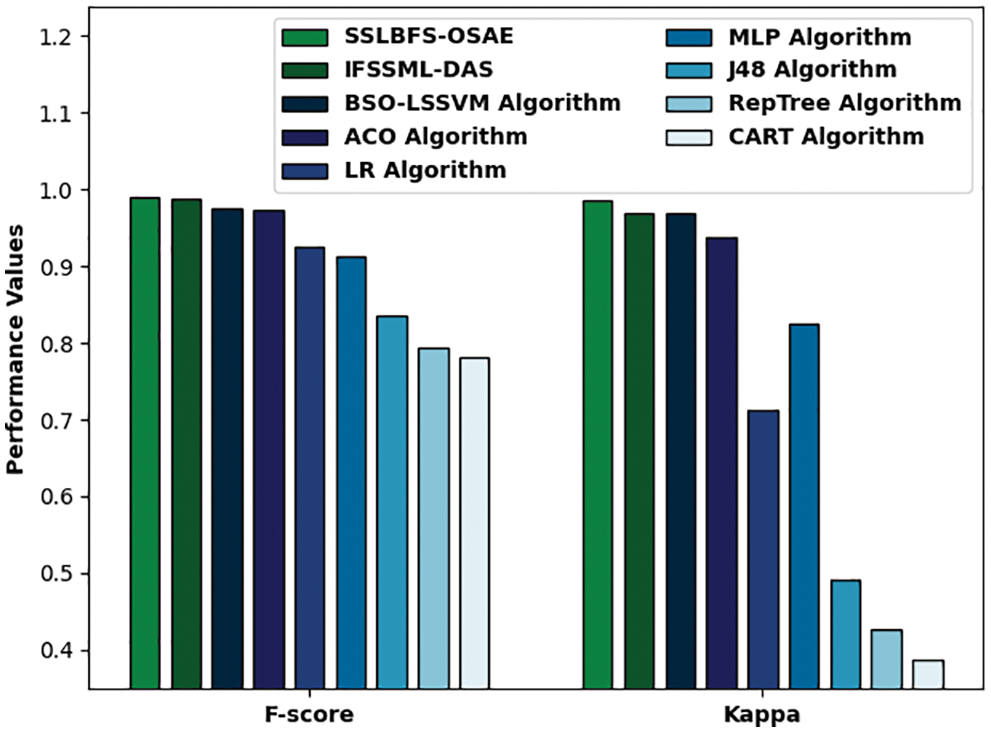
Figure 7: Fscore and kappa analysis of SSLBFS-OSAE technique under depression dataset
Tab. 3 demonstrates the comparison study of the SSLBFS-OSAE method on the test anxiety dataset. The table values indicated the betterment of the SSLBFS-OSAE technique over the existing approaches.

Fig. 8 investigates the precn, recal, and accuy of the SSLBFS-OSAE model with existing methods on anxiety dataset. The results reported that the SSLBFS-OSAE model has offered ineffectual outcome with lower values of precn, recal, and accuy. In addition, the LR and MLP approaches have reached moderately enhanced values of precn, recal, and accuy. Along with that, the IFSSML-DAS, BSO-LSSVM, and ACO techniques have accomplished reasonable values of precn, recal, and accuy. Eventually, the SSLBFS-OSAE model has exhibited effectual outcome with the higher precn, recal, and accuy values of 0.9812, 0.9921, and 0.9888 correspondingly.
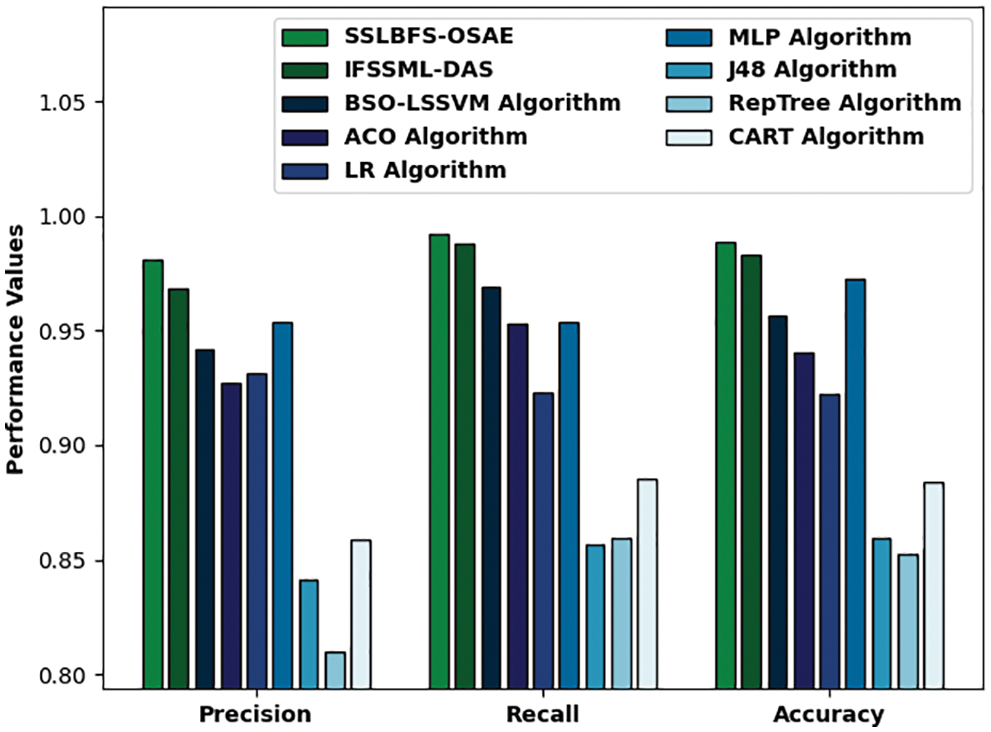
Figure 8: Comparative analysis of SSLBFS-OSAE technique under anxiety dataset
Fig. 9 illustrates the Fscore and kappa of the SSLBFS-OSAE system with existing techniques on anxiety dataset. The results portrayed that the SSLBFS-OSAE model has offered ineffectual outcomes with lesser values of Fscore and kappa. Followed by, the LR and MLP techniques have attained to moderately higher values of Fscore and kappa. Besides, the IFSSML-DAS, BSO-LSSVM, and ACO algorithms have accomplished reasonable values of Fscore and kappa. At last, the SSLBFS-OSAE method has illustrated effectual outcome with the higher Fscore and kappa values of 0.9904 and 0.9873 correspondingly.
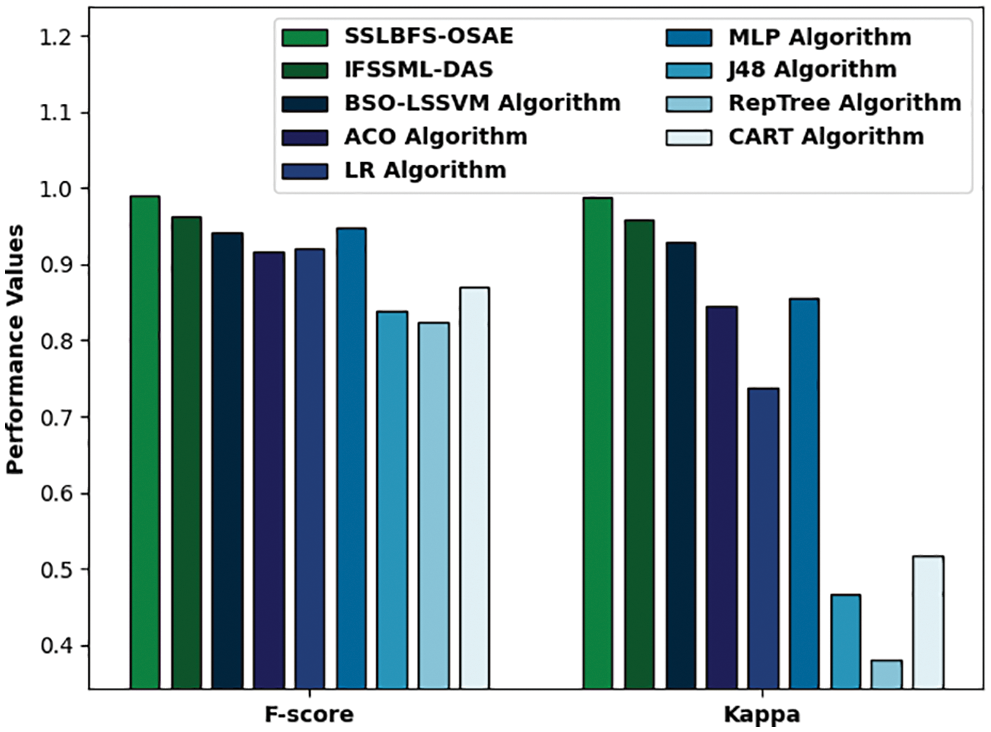
Figure 9: Fscore and kappa analysis of SSLBFS-OSAE technique under anxiety dataset
Tab. 4 demonstrates the comparison study of the SSLBFS-OSAE approach on the test stress dataset. The table values referred the betterment of the SSLBFS-OSAE technique over the existing models [20].

Fig. 10 examines the precn, recal, and accuy of the SSLBFS-OSAE algorithm with existing models on stress dataset. The results reported that the SSLBFS-OSAE system has offered ineffectual outcome with lower values of precn, recal, and accuy. Simultaneously, the LR and MLP methods have reached moderately enhanced values of precn, recal, and accuy. Moreover, the IFSSML-DAS, BSO-LSSVM, and ACO models have accomplished reasonable values of precn, recal, and accuy. However, the SSLBFS-OSAE approach has shown effectual outcome with the higher precn, recal, and accuy values of 0.9894, 0.9889, and 0.9910 correspondingly.
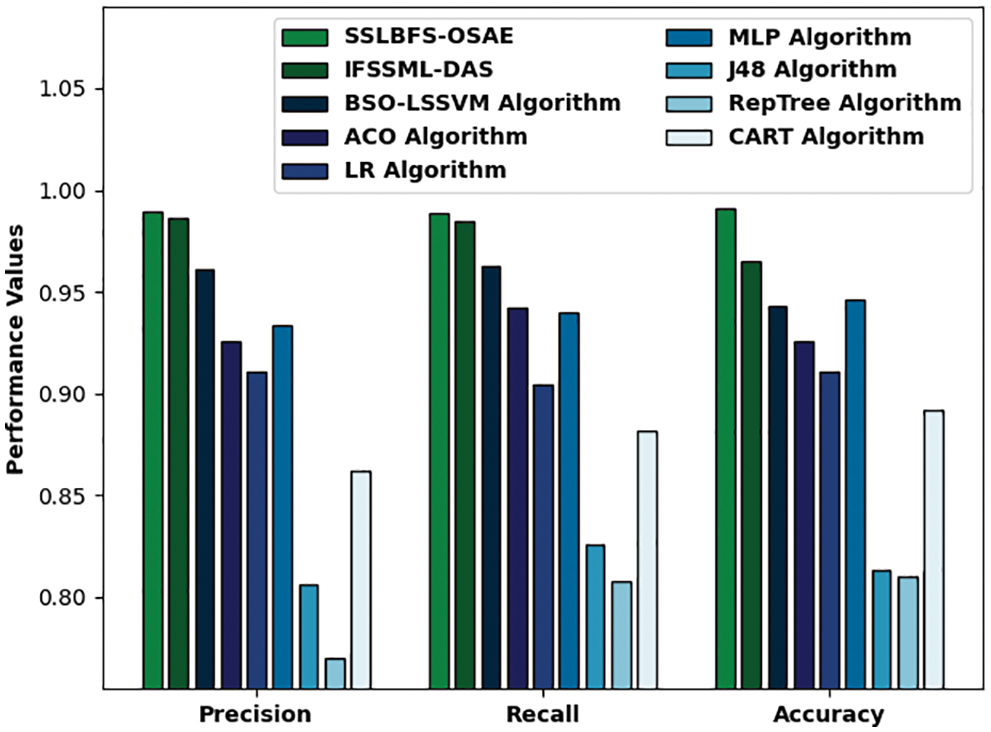
Figure 10: Comparative analysis of SSLBFS-OSAE technique under stress dataset
Fig. 11 defines the Fscore and kappa of the SSLBFS-OSAE method with existing techniques on stress datasets. The results exposed that the SSLBFS-OSAE model has obtainable ineffectual outcome with lower values of Fscore and kappa. Likewise, the LR and MLP techniques have reached moderately enhanced values of Fscore and kappa. Furthermore, the IFSSML-DAS, BSO-LSSVM, and ACO approaches have accomplished reasonable values of Fscore and kappa. Finally, the SSLBFS-OSAE method has exhibited effectual outcomes with the higher Fscore and kappa values of 0.9876 and 0.9900 respectively. After examining the above mentioned results and discussion, it is evident that the SSLBFS-OSAE model has outperformed the existing ones with improved classification performance on LMS.
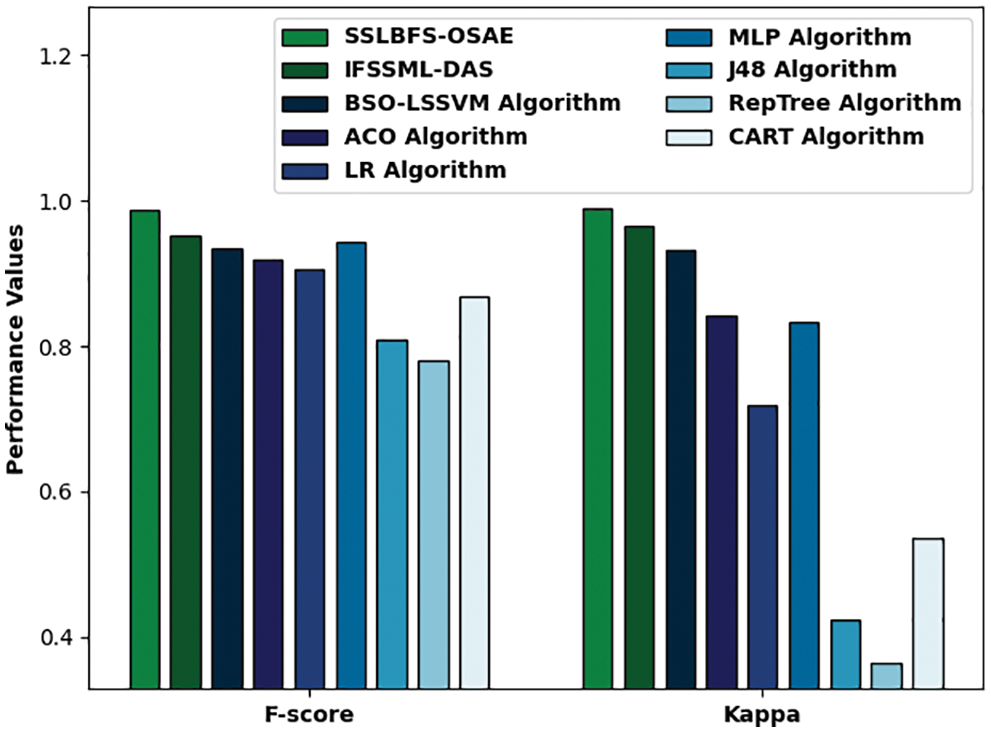
Figure 11: Fscore and kappa analysis of SSLBFS-OSAE technique under stress dataset
This article has developed a new SSLBFS-OSAE model to assess students’ mental health on LMS. The SSLBFS-OSAE model is mainly intended to determine the proper health status of the students with respect to DAS. The SSLBFS-OSAE model encompasses SSLBFS model to elect features, SAE based classification, and CSO based parameter optimization. The design of CSO algorithm for optimally tuning the SAE parameters results in enhanced classification outcomes. For examining the improved classifier results of the SSLBFS-OSAE model, a comprehensive results analysis is performed on benchmark dataset. The comparative result analysis highlighted the supremacy of the SSLBFS model over its recent methods interms of different measures. Therefore, the SSLBFS-OSAE model has the capability of determining the mental condition of the students. In future, the presented SSLBFS-OSAE model can be deployed in higher educational institutions.
Acknowledgement: The authors would like to acknowledge the support provided by AlMaarefa University while conducting this research work.
Funding Statement: This research was supported by the Researchers Supporting Program (TUMA-Project-2021-31) Almaarefa University, Riyadh, Saudi Arabia. This research was supported by the Researchers Supporting Program (TUMA-Project-2021-27) Almaarefa University, Riyadh, Saudi Arabia.
Conflicts of Interest: The authors declare that they have no conflicts of interest to report regarding the present study.
1. L. Zhang, D. Zhang, J. Fang, Y. Wan, F. Tao et al., “Assessment of mental health of Chinese primary school students before and after school closing and opening during the COVID-19 pandemic,” JAMA Network Open, vol. 3, no. 9, pp. e2021482, 2020. [Google Scholar]
2. P. Sahu, “Closure of universities due to coronavirus disease 2019 (covid-19Impact on education and mental health of students and academic staff,” Cureus, vol. 12, no. 4, pp. 1–6, 2020. [Google Scholar]
3. E. G. Lattie, E. C. Adkins, N. Winquist, C. S. Shields, Q. E. Wafford et al., “Digital mental health interventions for depression, anxiety, and enhancement of psychological well-being among college students: Systematic review,” Journal of Medical Internet Research, vol. 21, no. 7, pp. e12869, 2019. [Google Scholar]
4. B. Chen, J. Sun and Y. Feng, “How have COVID-19 isolation policies affected young people's mental health? – evidence from Chinese college students,” Frontiers in Psychology, vol. 11, pp. 1529, 2020. [Google Scholar]
5. E. G. Lattie, S. K. Lipson and D. Eisenberg, “Technology and college student mental health: Challenges and opportunities,” Frontiers in Psychiatry, vol. 10, pp. 246, 2019. [Google Scholar]
6. S. Lipson and D. Eisenberg, “Mental health and academic attitudes and expectations in university populations: Results from the healthy minds study,” Journal of Mental Health, vol. 27, no. 3, pp. 205–213, 2017. [Google Scholar]
7. S. Oswalt, A. Lederer, K. C. Steich, C. Day, A. Halbritter et al., “Trends in college students’ mental health diagnoses and utilization of services, 2009–2015,” Journal of American College Health, vol. 68, no. 1, pp. 41–51, 2018. [Google Scholar]
8. R. Shalaby and V. Agyapong, “Peer support in mental health: Literature review,” JMIR Mental Health, vol. 7, no. 6, pp. e15572, 2020. [Google Scholar]
9. W. Sun, G. Z. Dai, X. R. Zhang, X. Z. He and X. Chen, “TBE-net: A three-branch embedding network with part-aware ability and feature complementary learning for vehicle re-identification,” IEEE Transactions on Intelligent Transportation Systems, pp. 1–13, 2021. https://doi.org/10.1109/TITS.2021.3130403. [Google Scholar]
10. W. Sun, L. Dai, X. R. Zhang, P. S. Chang and X. Z. He, “RSOD: Real-time small object detection algorithm in UAV-based traffic monitoring,” Applied Intelligence, pp. 1–16, 2021. https://link.springer.com/article/10.1007%2Fs10489-021-02893-3. [Google Scholar]
11. P. R. Selvaraj, and C. S. Bhat, “Predicting the mental health of college students with psychological capital,” Journal of Mental Health, vol. 27, no. 3, pp. 279–287, 2018. [Google Scholar]
12. M. E. Yalcin and B. Kutlu, “Examination of students’ acceptance of and intention to use learning management systems using extended TAM,” British Journal of Educational Technology, vol. 50, no. 5, pp. 2414–2432, 2019. [Google Scholar]
13. Y. Zheng, J. Wang, W. Doll, X. Deng and M. Williams, “The impact of organisational support, technical support, and self-efficacy on faculty perceived benefits of using learning management system,” Behaviour & Information Technology, vol. 37, no. 4, pp. 311–319, 2018. [Google Scholar]
14. O. Oyebode, F. Alqahtani and R. Orji, “Using machine learning and thematic analysis methods to evaluate mental health apps based on user reviews,” IEEE Access, vol. 8, pp. 111141–111158, 2020. [Google Scholar]
15. A. Maqsood, J. Abbas, G. Rehman and R. Mubeen, “The paradigm shift for educational system continuance in the advent of COVID-19 pandemic: Mental health challenges and reflections,” Current Research in Behavioral Sciences, vol. 2, pp. 100011, 2021. [Google Scholar]
16. Z. Ren, Y. Xin, J. Ge, Z. Zhao, D. Liu et al., “Psychological impact of COVID-19 on college students after school reopening: A cross-sectional study based on machine learning,” Frontiers in Psychology, vol. 12, pp. 1–13, 2021. [Google Scholar]
17. P. Wang, Z. Zhu and S. Huang, “Seven-spot ladybird optimization: A novel and efficient metaheuristic algorithm for numerical optimization,” The Scientific World Journal, vol. 2013, pp. 1–11, 2013. [Google Scholar]
18. S. Mahdavifar and A. A. Ghorbani, “Application of deep learning to cybersecurity: A survey,” Neurocomputing, vol. 347, pp. 149–176, 2019. [Google Scholar]
19. G. Wang, L. Guo, H. Duan, H. Wang, L. Liu et al., “A hybrid metaheuristic DE/CS algorithm for UCAV three-dimension path planning,” The Scientific World Journal, vol. 2012, pp. 1–11, 2012. [Google Scholar]
20. F. N. A. Wesabi, H. Alsolai, A. M. Hilal, M. A. Hamza, M. A. Duhayyim et al., “Machine learning based depression, anxiety, and stress predictive model during COVID-19 crisis,” Computers, Materials & Continua, vol. 70, no. 3, pp. 5803–5820, 2022. [Google Scholar]
 | This work is licensed under a Creative Commons Attribution 4.0 International License, which permits unrestricted use, distribution, and reproduction in any medium, provided the original work is properly cited. |